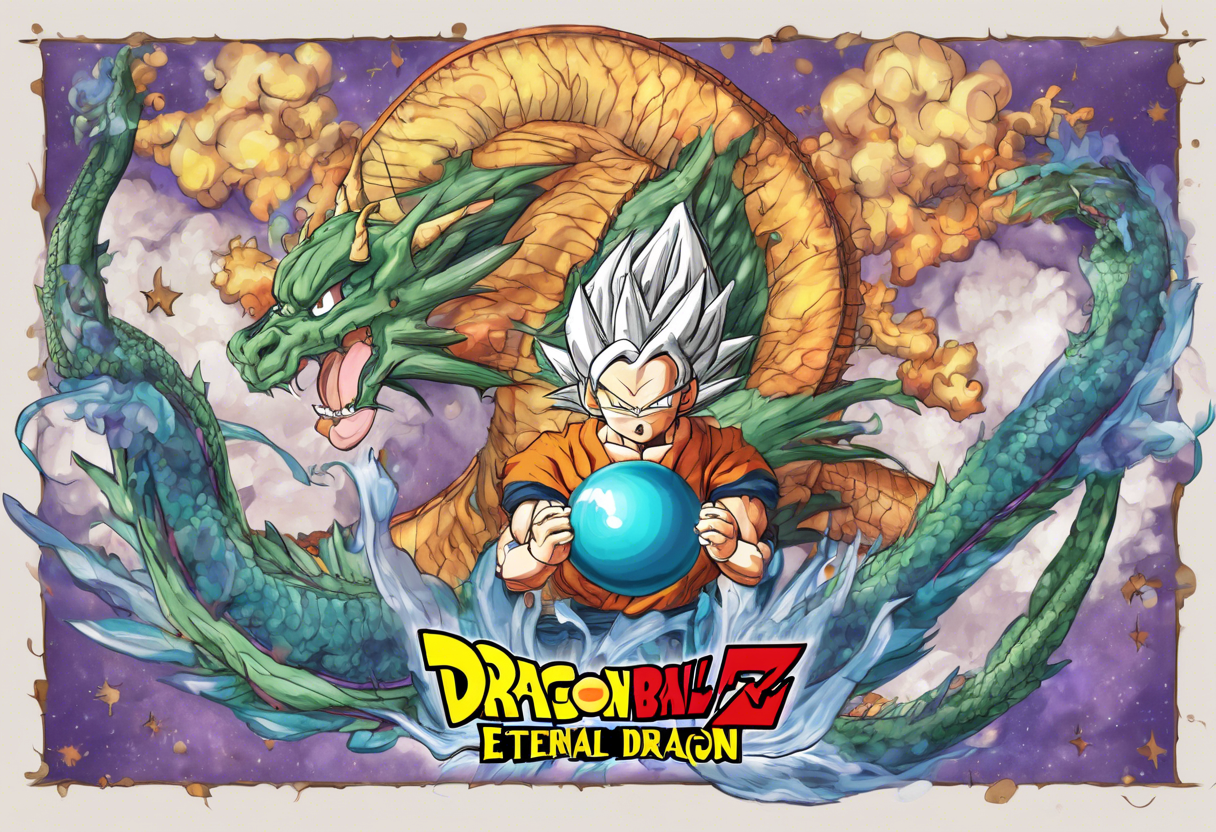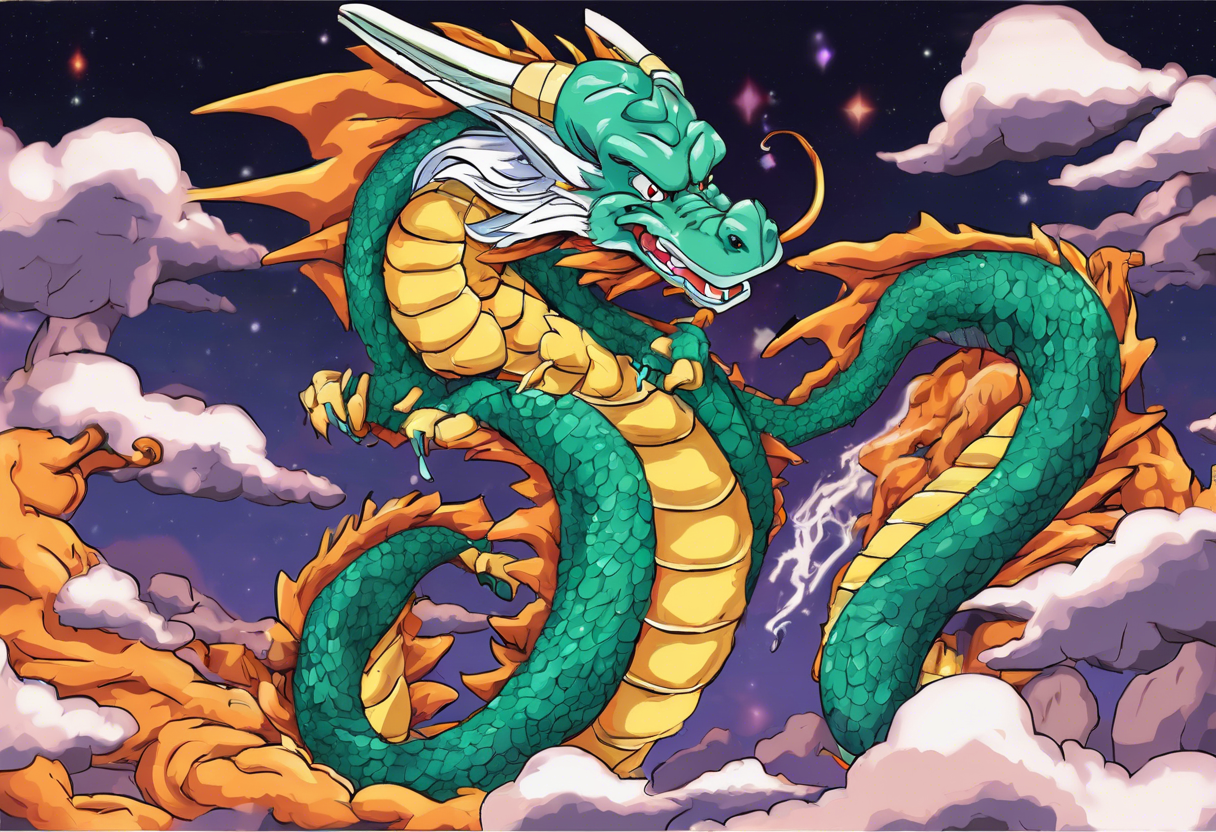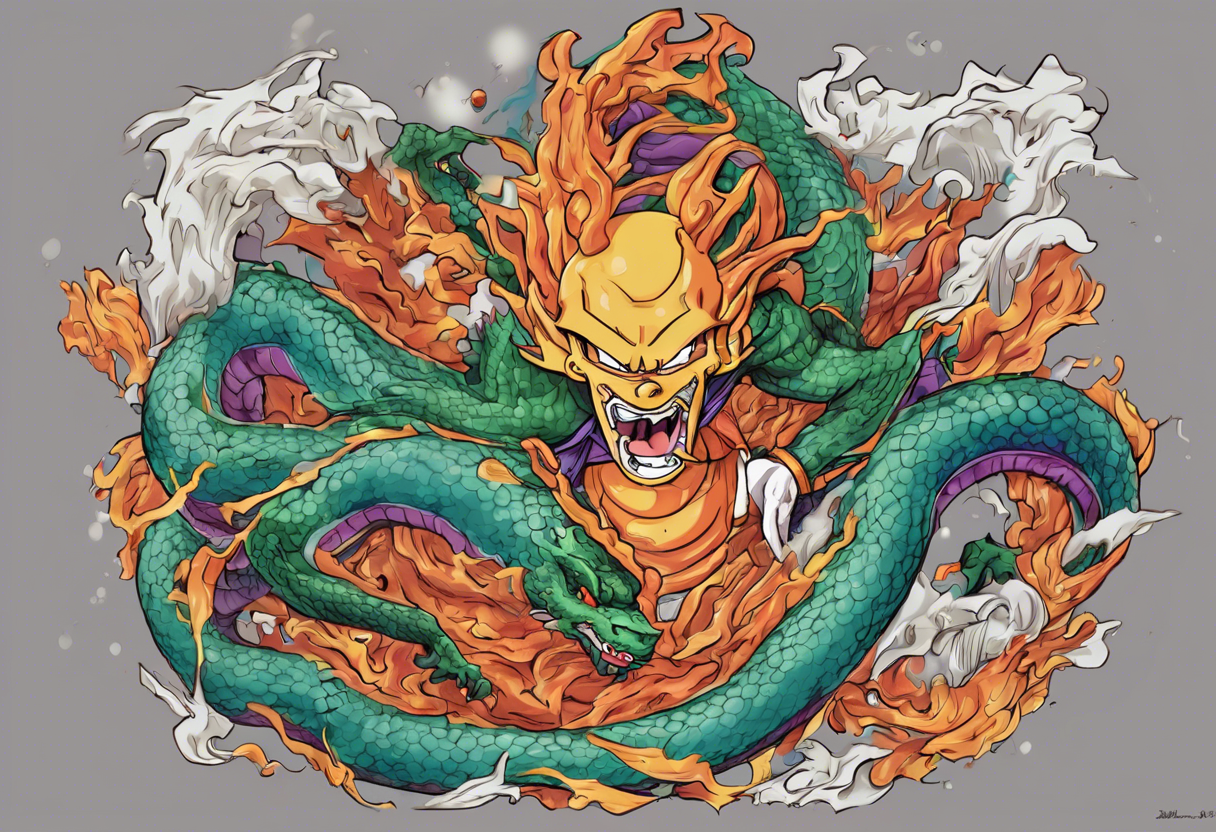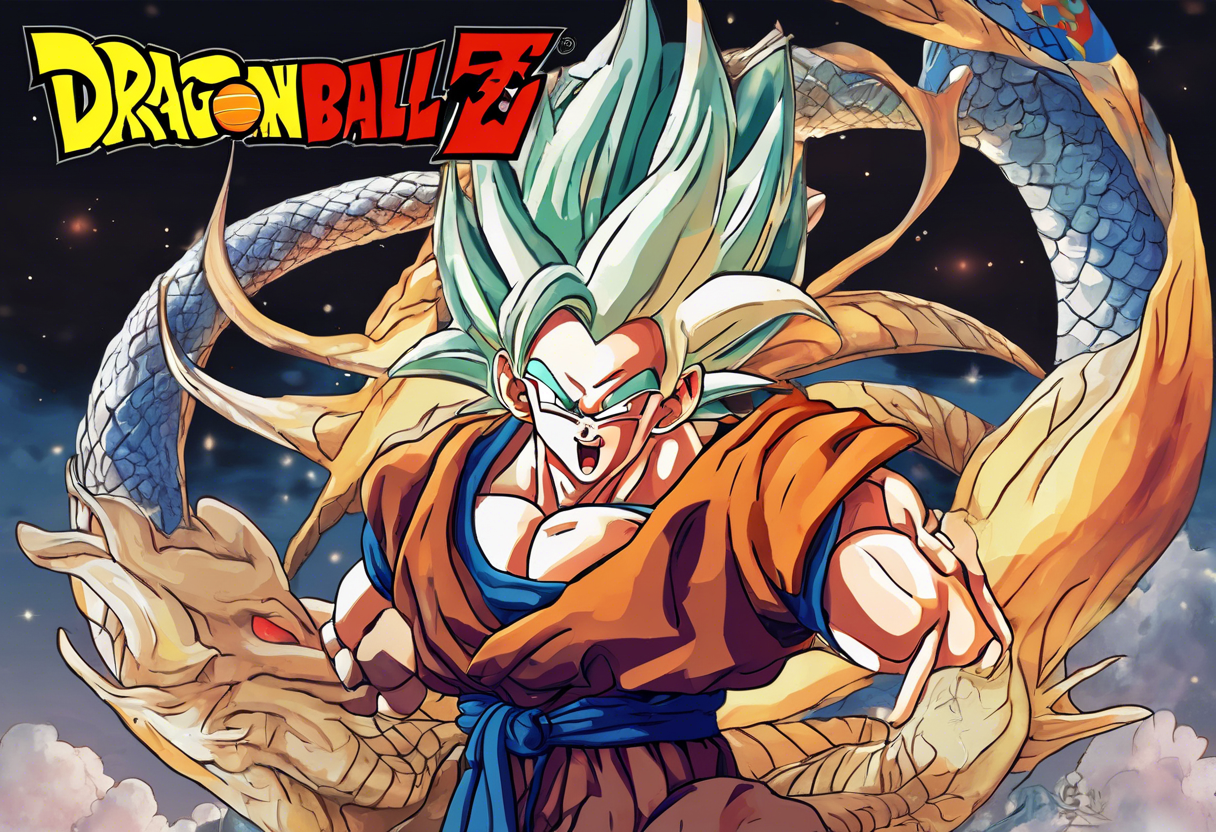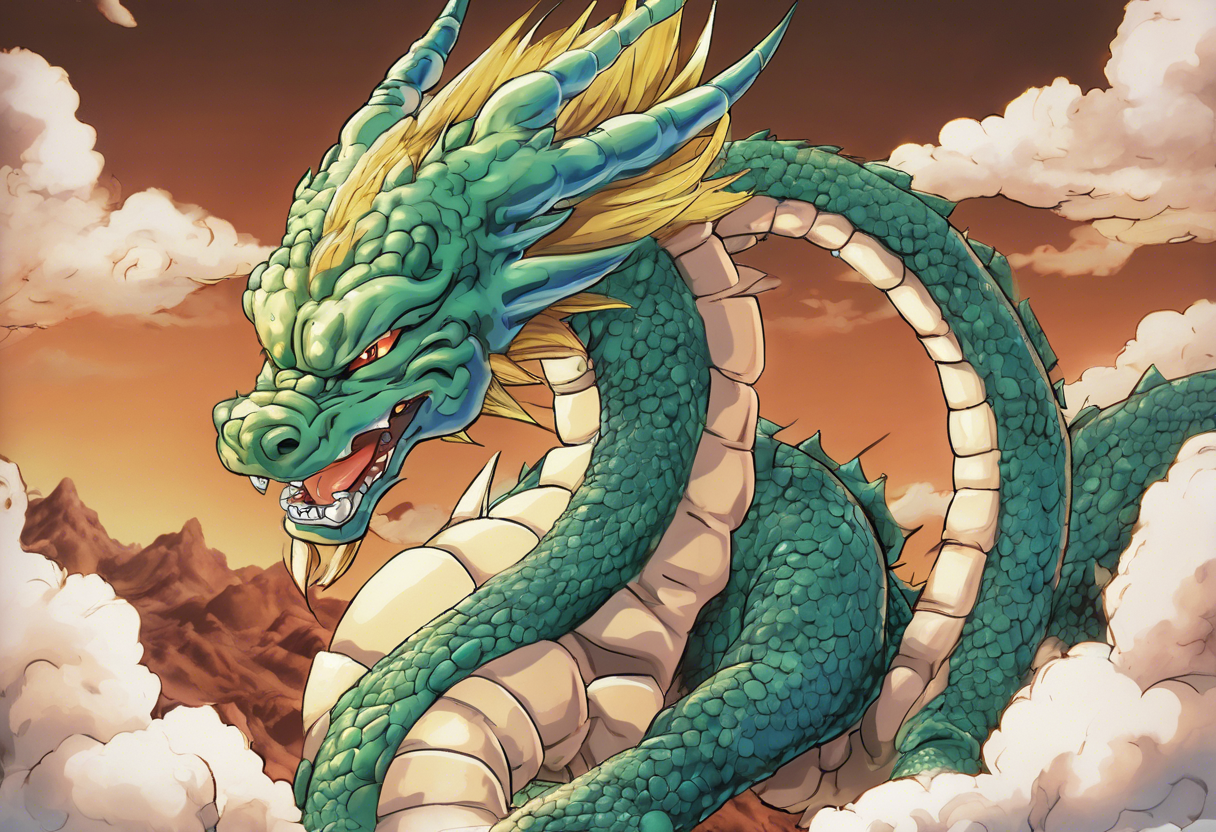Contents
A Wish to the Eternal Dragon: A Comprehensive Analysis of the Dragon Ball Episode
Introduction
"A Wish to the Eternal Dragon" is a pivotal episode in the original Dragon Ball anime series, which first aired in 1995. This episode is part of the larger narrative that follows the adventures of Son Goku and his friends as they search for the seven Dragon Balls. Here, we delve into the background, production history, and key creative figures behind this episode, as well as its initial release and what sets it apart within the anime genre.
The Dragon Ball series, created by Akira Toriyama, was adapted into an anime by Toei Animation. "A Wish to the Eternal Dragon" was directed by Daisuke Nishio, who is renowned for his work on several episodes of the series. The episode was written by the anime’s scriptwriters, who closely followed Toriyama’s original manga storyline.
This episode stands out for its blend of suspense, action, comedy, and transformative body horror, making it a compelling watch within the broader context of the series [2][4].
Plot Summary
In "A Wish to the Eternal Dragon," the main storyline revolves around the characters’ quest to gather the seven Dragon Balls. The episode begins with Puar and Oolong attempting to escape from their cell, which they manage to do thanks to a hole created by Goku’s Kamehameha wave. However, they are too late to stop Pilaf from summoning the Eternal Dragon, Shenron.
Pilaf, driven by his ambition to become the ruler of the world, makes a wish to the Eternal Dragon. However, his wish is not what he expected, leading to a comedic twist that is characteristic of the series. Meanwhile, Goku and his friends are in a race against time to prevent Pilaf from achieving his goals.
The episode is set in various locations, including Pilaf’s castle and the surrounding areas, where the characters engage in intense battles and comedic misadventures. Key characters include Goku, Pilaf, Puar, Oolong, and Shenron, each playing crucial roles in the narrative.
The major conflict of the episode centers around the struggle for control of the Dragon Balls and the consequences of Pilaf’s wish. This conflict drives the plot forward, showcasing the characters’ abilities and their interactions with each other and the Eternal Dragon [1][2].
Themes and Symbolism
"A Wish to the Eternal Dragon" explores several central themes that are integral to the Dragon Ball series. One of the primary themes is the power of friendship and teamwork. Goku and his friends work together to thwart Pilaf’s plans, highlighting the importance of unity and cooperation.
Another significant theme is the cautionary tale about the dangers of unchecked ambition. Pilaf’s desire for power and control leads to unintended consequences, serving as a warning about the perils of greed and the importance of considering the outcomes of one’s actions.
Symbolically, the Eternal Dragon, Shenron, represents the fulfillment of desires but also the potential for chaos when wishes are made without careful consideration. The Dragon Balls themselves symbolize the ultimate power and the responsibility that comes with it.
The episode also touches on the theme of transformation, both literal and metaphorical. The body horror elements, though comedic in nature, add a layer of complexity to the narrative, emphasizing the unpredictable nature of power and the consequences of meddling with forces beyond one’s control [2].
Cultural Impact
"A Wish to the Eternal Dragon" has had a significant cultural impact since its release. The episode is part of a series that has become a staple of anime culture worldwide. The Dragon Ball series, including this episode, has influenced numerous other anime and manga works.
Upon its release, the episode was well-received by audiences for its unique blend of action, comedy, and suspense. It has contributed to the enduring popularity of the Dragon Ball franchise, which continues to inspire new generations of fans.
The episode’s influence can also be seen in various adaptations and references in other media. The concept of the Dragon Balls and the Eternal Dragon has been parodied and referenced in numerous other anime, manga, and even Western media, demonstrating its lasting impact on popular culture [4].
Critical Reception
"A Wish to the Eternal Dragon" received positive reviews from critics and audiences at the time of its release. The episode was praised for its effective mix of genres, keeping the narrative engaging and entertaining.
In subsequent years, the episode has continued to be well-regarded for its contribution to the overall storyline of Dragon Ball. Critics have noted the episode’s ability to balance humor and action, making it a standout within the series.
There have been no major controversies surrounding this episode, but differing interpretations have emerged regarding the themes and symbolism. Some viewers have analyzed the episode as a commentary on the human condition, while others see it as a straightforward adventure tale. These diverse interpretations highlight the episode’s depth and its ability to resonate with audiences on multiple levels [2].
Legacy
"A Wish to the Eternal Dragon" continues to be relevant and influential in the world of anime and beyond. The episode’s blend of action, comedy, and suspense has inspired many other anime series and films.
The Dragon Ball franchise, including this episode, remains a cornerstone of anime culture, continuing to inspire filmmakers, artists, and audiences. The episode’s themes of friendship, teamwork, and the responsible use of power continue to resonate with viewers, making it a timeless piece of anime history.
In conclusion, "A Wish to the Eternal Dragon" is a pivotal episode in the Dragon Ball series that has left a lasting impact on anime culture. Its unique blend of genres, engaging storyline, and memorable characters have cemented its place in the hearts of fans worldwide.

